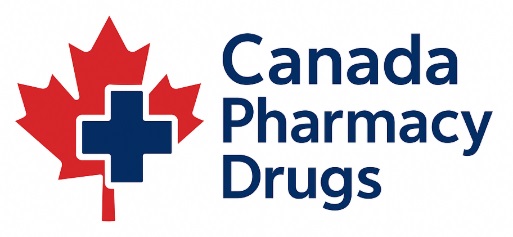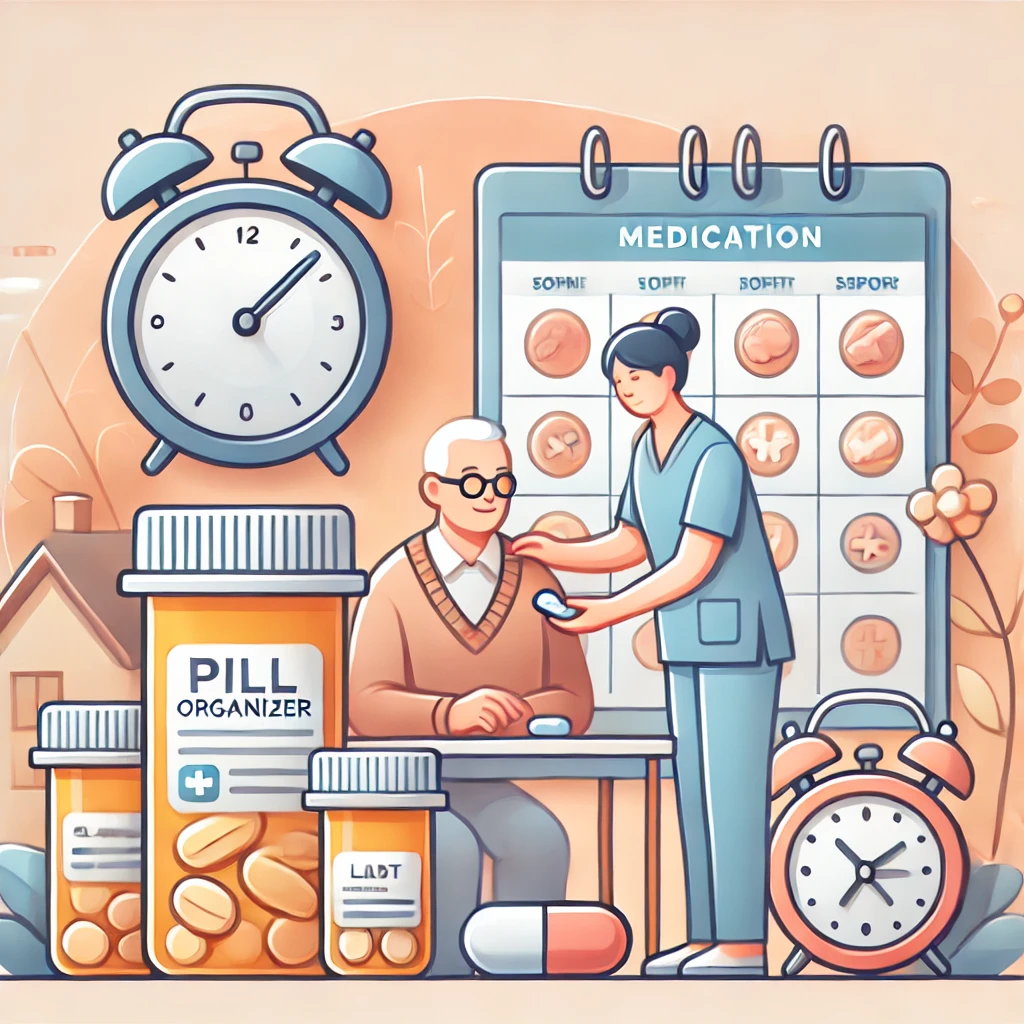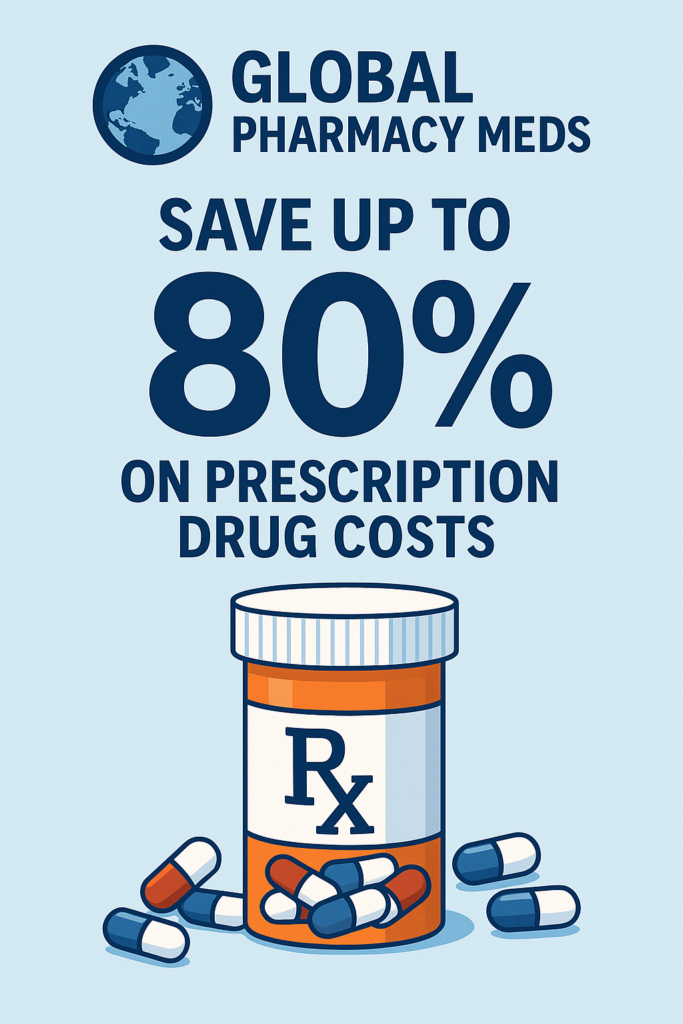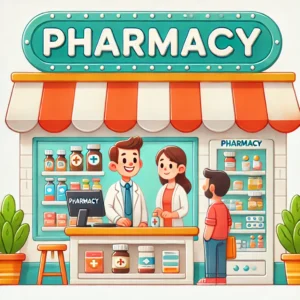Tips for Managing Multiple Prescriptions: Safe Practices for Aging Adults
As people age, it’s common to develop health conditions that require ongoing medication. This often means taking multiple prescriptions, which can be challenging to manage effectively. For older adults, handling multiple medications requires careful attention to dosing, timing, and interactions to avoid adverse effects and ensure optimal health outcomes. Here’s a comprehensive guide on best practices for managing multiple prescriptions, along with strategies to stay organized, safe, and well-informed.
1. Organize Your Medications Systematically
Use a Pill Organizer
Pill organizers can be invaluable when it comes to managing multiple medications. Available in various forms—daily, weekly, and monthly—they simplify the process of remembering which medications to take and when. Some even come with multiple compartments for different times of the day.
Keep a Medication Log
Maintaining a medication log can be incredibly helpful, especially if you see multiple healthcare providers. Include the name of each medication, the dose, time of day, and any specific instructions. An organized log helps caregivers and doctors stay updated on your regimen and prevents confusion.
Digital Medication Reminders
For tech-savvy adults, apps like Medisafe, MyMeds, or CareZone can provide digital reminders for each medication. These apps are especially useful if you travel or have a busy schedule. Many also allow caregivers to monitor adherence and send alerts if a dose is missed.
2. Understand Each Medication’s Purpose and Possible Side Effects
Know Why You’re Taking Each Medication
Understanding why you’re taking each medication and what it’s supposed to do will make it easier to prioritize and recognize any changes in your condition. If you experience new symptoms, knowing your medications helps you identify potential culprits and address issues promptly.
Discuss Side Effects and Risks with Your Doctor
Have an open discussion with your doctor about the side effects and risks of each medication, especially for those that could interact. This can help you understand what to expect, and your doctor can often provide tips to minimize side effects or adjust doses.
Keep Updated on New Prescriptions
When a new medication is added to your routine, be sure to discuss how it interacts with your current prescriptions. Asking questions like “Will this medication interact with what I’m already taking?” or “Do I need to adjust any existing doses?” can help avoid negative interactions and side effects.
3. Establish a Routine and Stick to It
Take Medications at the Same Time Each Day
Establishing a consistent time to take your medications—whether with meals, before bed, or in the morning—creates a habit that reduces the chances of forgetting a dose. Pairing medication with daily activities, such as meals or brushing your teeth, helps reinforce the routine.
Set Alarms or Use Smart Home Devices
Alarms on your phone or a simple digital timer can help keep you on track. For those with smart home devices like Alexa or Google Home, setting voice-activated reminders can make the process hands-free and convenient.
4. Minimize the Risk of Adverse Drug Interactions
Review Your Medication List Regularly with Your Doctor or Pharmacist
Periodic reviews of your prescriptions with a healthcare professional can help identify any unnecessary or redundant medications. Your doctor may suggest alternatives, adjust doses, or discontinue certain medications, reducing the potential for adverse interactions.
Be Aware of “Polypharmacy” Risks
Polypharmacy—taking multiple medications simultaneously—can lead to unwanted interactions and side effects. Regularly assessing the necessity of each medication is a preventive step to minimize the risks of adverse reactions, especially for aging adults with complex medical needs.
Know Common Interactions with Food, Supplements, and Alcohol
Some medications react adversely with certain foods, supplements, and alcohol. For instance, certain blood thinners interact with leafy greens, while antibiotics and dairy products often don’t mix well. Make sure to understand these common interactions to avoid unintended effects.
5. Practice Safe Storage and Disposal of Medications
Store Medications Properly
Keep medications in a cool, dry place and away from direct sunlight, as some drugs can degrade if exposed to moisture or heat. If you have grandchildren visiting, be sure to store medications out of reach to prevent accidental ingestion.
Dispose of Expired or Unused Medications Safely
Expired medications can lose effectiveness or even become harmful, so dispose of them properly. Many pharmacies offer medication take-back programs, or you can check with local waste management for safe disposal options.
6. Stay Informed and Communicate with Your Healthcare Team
Keep an Updated List of All Medications
Always bring an updated list of your medications (prescriptions, over-the-counter drugs, and supplements) to doctor appointments. This helps your healthcare team make informed decisions and adjust your treatment plan as needed.
Communicate Changes in Symptoms
Any new symptoms, no matter how minor they seem, should be communicated to your healthcare provider. Some symptoms may indicate an interaction, an allergy, or that your body is not reacting well to a specific drug.
Consider a Caregiver or Pharmacist’s Assistance
For those with cognitive impairments or mobility issues, enlisting a caregiver to assist with medications can be beneficial. Some pharmacies offer personalized medication packaging that clearly labels doses and times, which can also help reduce errors.
7. Explore Cost-Saving Options to Stay Consistent
Generic Alternatives
Ask your doctor if there are generic alternatives available, as they can often provide the same benefits at a lower cost. Generic medications must meet the same safety and efficacy standards as brand-name versions, making them a safe and economical option.
Canadian and Online Pharmacies
For those facing high costs in the U.S., reputable Canadian pharmacies can provide cost-effective alternatives. However, ensure that you are ordering from a legitimate pharmacy and always verify that the medication matches what your doctor prescribed.
Prescription Assistance Programs
Many pharmaceutical companies offer assistance programs for those struggling to afford their medications. Inquire about available resources with your doctor or pharmacist, who can guide you through applying for these programs.
8. Stay Vigilant with Blood Tests and Health Monitoring
Some medications, especially for chronic conditions, require periodic blood tests to monitor liver function, kidney function, or levels of certain medications in the blood. Following your doctor’s schedule for these tests is essential for safe medication management.
Self-Monitoring Devices
Devices like blood pressure monitors, blood glucose meters, or INR (for patients on blood thinners) allow you to keep track of health metrics at home. Regular monitoring helps detect early signs of issues or complications, enabling you to take corrective action swiftly.
9. Ask About Simplifying Your Medication Routine
Combination Pills
In some cases, combination pills that contain two medications in one tablet can simplify your routine and reduce the number of pills you need to take. Ask your doctor if this is an option for any of your prescriptions.
Adjusting Dosage Timing
If taking medications multiple times a day is difficult, speak with your doctor about alternatives that require less frequent dosing. Some medications are available in extended-release forms, which can reduce the number of daily doses and make your routine easier to manage.
Conclusion
Managing multiple prescriptions doesn’t have to be overwhelming. With an organized system, effective communication with healthcare providers, and adherence to safe practices, aging adults can confidently manage their medication regimens while minimizing risks. By staying informed, asking questions, and using available resources, you can improve your quality of life and continue enjoying the benefits of your medications safely and effectively. Remember, proper medication management is a team effort involving you, your doctor, pharmacist, and, if needed, a caregiver. Together, you can ensure that your medication routine supports your health and well-being.
 Save Up to 80% on Prescription Drugs with Global Pharmacy Meds
Save Up to 80% on Prescription Drugs with Global Pharmacy Meds
Say goodbye to high drug prices. At Global Pharmacy Meds, we connect you with trusted international pharmacies offering FDA-approved medications at a fraction of U.S. costs. Whether you’re managing a chronic condition or filling a maintenance prescription, you can enjoy safe, affordable, and reliable service—with free shipping and real savings.
💊 Trusted Sources
🌍 Global Access
💵 Big Savings
📦 Discreet Delivery
Global Pharmacy Meds — Quality You Trust. Prices You Deserve.



